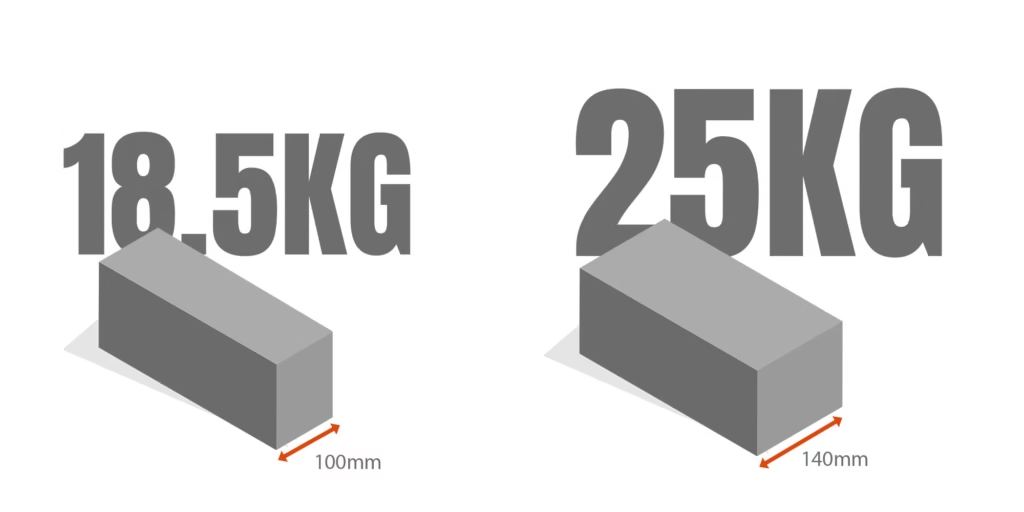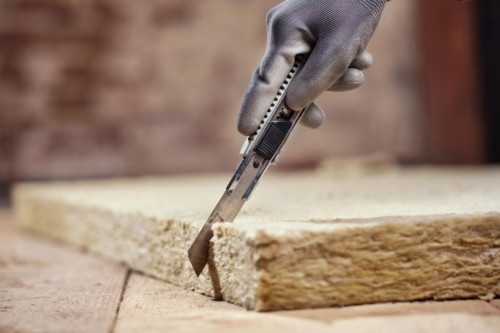-
Building Materials
-
Insulation
-
Landscaping

With over 30 years in the builders’ merchant trade, Andrew brings deep knowledge of everything from civils to timber. Now part of the Gilmore team, he helps customers make the right choices with advice built on decades of hands-on experience.

Concrete blocks come in a range of densities, which has the biggest impact on what a concrete block can weigh. It goes without saying that they should be handled with care, and decent safety footwear is essential in case you drop one on your toes!
If you are using a large number of heavy dense concrete blocks, it may be a good idea to deploy lifting equipment to transport and set out the blocks.
Palletised blocks can be delivered kerbside, as close to the working area as possible.
The heaviest blocks are, without doubt the 140mm solid dense blocks which can weigh in at up to 25kg, the same as a bag of cement.
A 100mm solid dense block will come in at about 18.5kg, so you will have to be aware of best practise when it comes to manual handling.

Coursing blocks are the lightest, but that is because they are smaller than regular blocks and used to level up courses and infill gaps. Coursing blocks are a similar size to bricks and can be used to save cutting blocks around window and door openings or making up a wall to the right height.
Lightweight aerated concrete blocks are light enough for a regular person to lift with one hand but are still strong enough to be used in all sorts of applications.
Hollow blocks are the easiest to lift with one hand gripping the outside face and inner part of the block. These concrete blocks are perfect for non-load-bearing internal partition walls.
A pallet of blocks can weigh anything up from 1 to 1.7 tonnes. It is essential to know this when you are deciding how to get your concrete blocks to site.
Most of the time it’s best to pay for delivery direct from the supplier, along with all the other building materials you require.
Always check the rating on your trailer, or van before attempting to collect palletised blocks to make sure your vehicle is capable of taking the weight.
Call us on 01902 366620 or email us today, for expert advice from industry specialists at Gilmore Building Supplies.
Please note: The information provided on this website is for general guidance only and should not be relied upon as professional advice.
Building methods, material specifications, and regulations can vary depending on location, project design, and site conditions.
Always refer to the latest Building Regulations, manufacturer data sheets, and consult with a qualified structural engineer, surveyor, or building control officer before starting any construction work or making design decisions.
Gilmore Building Supplies accepts no responsibility for loss, damage, or injury resulting from reliance on the information provided.


